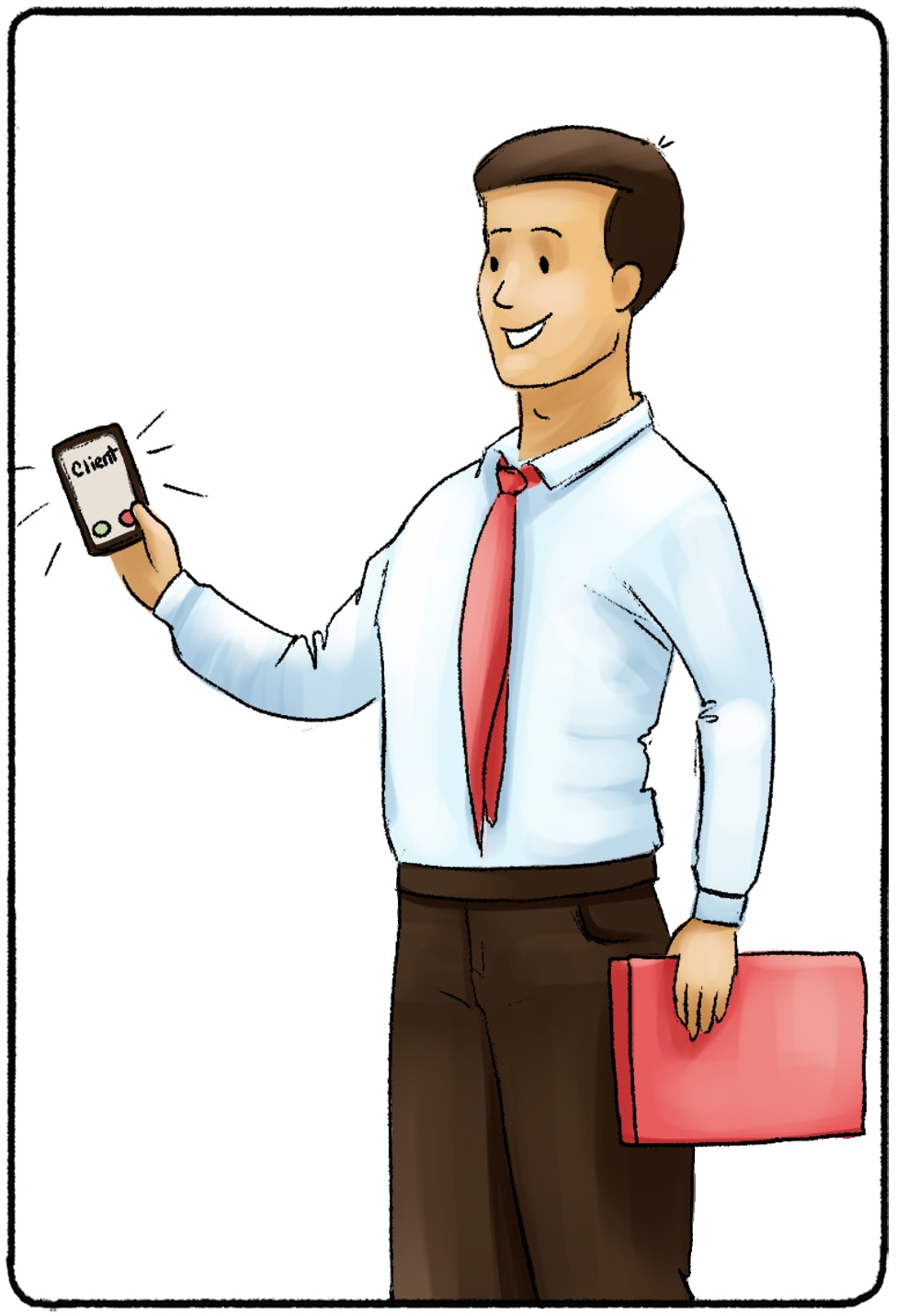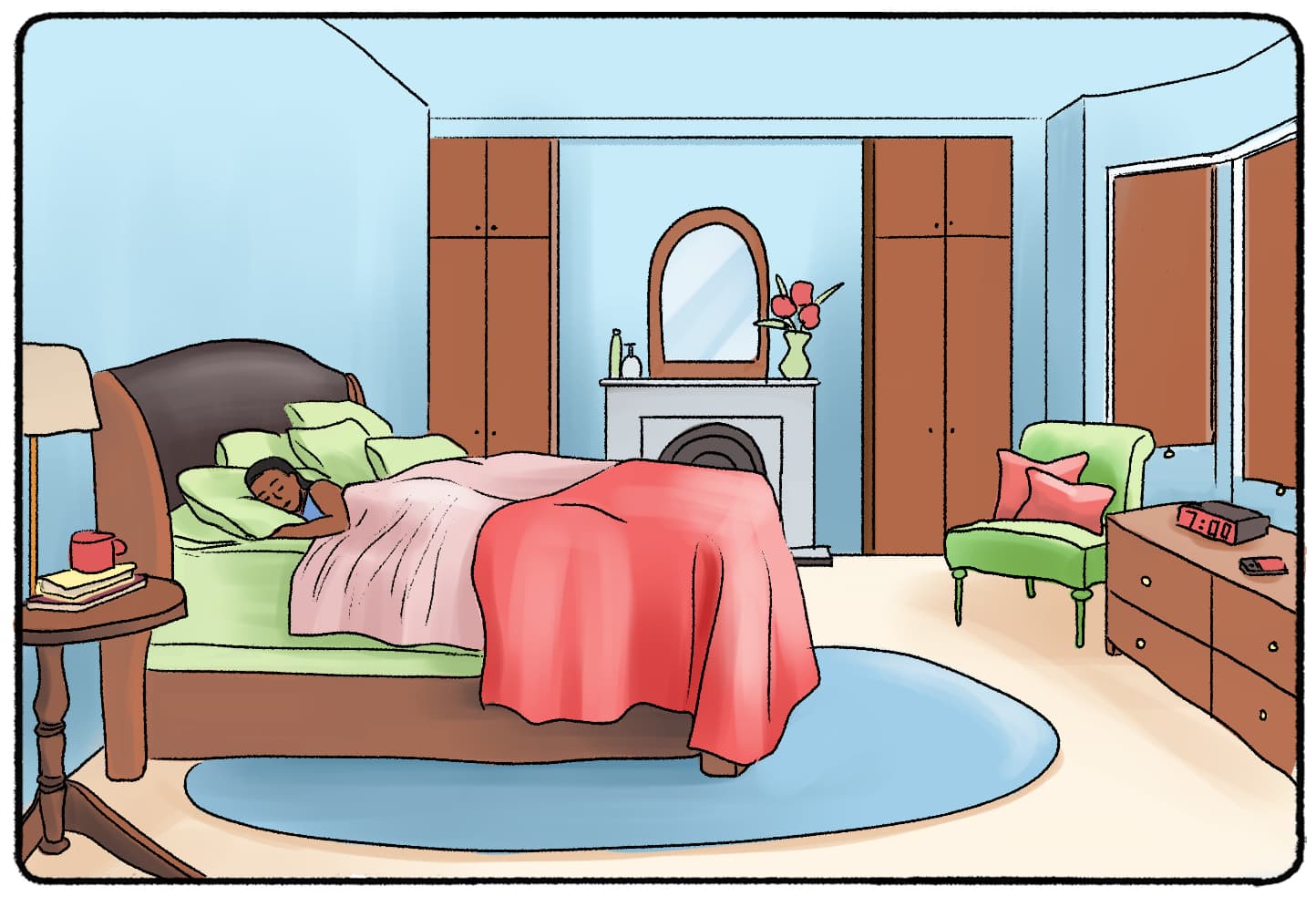Humans are naturally lazy creatures, especially when it comes to our brains! Your mind wants to make things as easy as possible. The sooner that it can go on autopilot, the better. But we can’t always live our lives on autopilot. Sometimes, we need to switch gears and shake it up.
If you want to get off of autopilot, I would suggest taking a page out of NLP’s book. NLP, or neuro-linguistic programming, is a psychological approach that looks at the thoughts, languages, and patterns of behaviors that influence our ability to reach goals and be successful.
Using a “pattern interrupt” is an NLP-backed strategy that can allow you to step out of bad habits, change your behavior, or influence another person’s behavior as well. It is simple, intuitive, and flexible! This video will describe what a pattern is, how you can interrupt patterns, and different ways that pattern interrupts can be used in everyday life.
What Is A Pattern?
A pattern is any sort of process that leads to a certain outcome. Patterns may have one, two, or multiple different steps. Habits, canned responses, or unconscious reactions may be considered patterns.
Here’s one example of a pattern. You get a call from an unknown number. Maybe, out of habit, you ignore the call. This is a pattern designed to avoid scam calls or uncomfortable conversations. The first few times you ignore a call from an unknown number, you may be putting a lot of thought into your action. After this habit becomes a pattern, you might ignore unknown numbers automatically.

Humans create patterns to make our lives easier. If a habit or idea has worked in the past, our mind tells us that we should feel comfortable doing it again. From an evolutionary standpoint, creating patterns keeps us alive. Doing things “out of the ordinary” puts us at risk. Of course, not all patterns are a life-and-death matter. By automatically declining calls from unknown numbers, you do not have to spend more than a few milliseconds thinking about your choice. You haven’t escaped death, but you can maintain whatever you were doing previously and continue on with your day.
Most of the time, the pattern works in your favor. You ignore the call, you go on with your day, and you do not have to be subject to any spam or sales calls that do not benefit you. Great! But not all patterns will work in your favor. Let’s say a friend or family member in distress calls you from an unknown number. Of course, you don’t know who is behind the line. You engage in a pattern: you see the unknown number, immediately hang up, and move on with your day. This obviously can have some devastating results, and hopefully you listen to your voicemail soon enough to help.
This situation is pretty unlikely, but it shows just how automatic a pattern can become. We fall into all sorts of patterns: hitting the snooze button, telling a person on the street that we do not have any cash for them, or giving friends and family the same old response when engaging in political discourse.

Again, these patterns may suit us just fine. We go through life using these patterns without worry. But what happens if you want to change a pattern? What happens if you want to change someone else’s pattern? Well, you’ll need to use a pattern interrupt.
What Is A Pattern Interrupt?
It’s anything that interrupts your pattern! Patterns are the steps that we take and the results of those steps. When you hit “decline” on your phone, you expect the phone to stop buzzing. If you hit “decline,” and your phone suddenly burst into flames, you would be out of your routine!
Pattern interrupts do not have to be dramatic. Simple changes can be the key to interrupting the pattern and moving you in a new direction.
Here’s another example of a pattern interrupt that can change the course of a habit. You always have your phone by your side, and default to checking it throughout the day. This is a pattern, and one that you want to change.
Instead of keeping your phone by your side, you interrupt your daily pattern and put your phone in your glovebox before you head into work. Throughout the day, when you go to reach for your phone, it’s not there. The pattern has been interrupted - if you want to resume the pattern, you will have to march all the way to the car and grab your phone. Most likely, the walk to the car isn’t worth the two seconds of scrolling.
There are no strict rules about interrupting your patterns. Thoughts, actions, and habits can all act as pattern interrupts. Get creative!
Patterns In Sales
Pattern interrupts can change the game when you are trying to get through to someone, in sales, business, or otherwise. This Reddit post asks, “Wildest thing you’ve done that landed a meeting?” The answers are a long list of pattern interrupts that gets a person’s attention:
- Using “Hey hey hey {{first_name}}” as a subject line
- Asking for 12- or 23-minute slot
- A “Cold FaceTime” (as opposed to a cold call)
- Cold calendar invite
- “Also on my third LinkedIn message to a prospect I sent a gif of this minion hitting a ping pong ball off this sleeping minion’s face. Followed by, ‘name, this is so us right now. Do you have a few minutes next week’ and it’s booked me a couple meetings”
- “I once mailed a shoe to a client's physical address with a note and a business card. The note read ‘Now that I have one foot in the door, how do I get the other?’”
Patterns In Thinking
Another way to use pattern interrupts is to change the way you react to different situations. Let’s say you have a habit of getting angry when you see a family member supporting a political candidate that you do not like. Your gut reaction is to curse them out in your head and move on. This is a common pattern, especially when you feel worn down by political discussions.
Find a way to interrupt the pattern. When you hear or see someone saying something that you don’t agree with, take a deep breath. As you take that deep breath, feel the tension releasing from your body. Prevent anger from overtaking you. Maybe this person is ill-informed. Maybe they have seen a story that you have not seen. Maybe they are just having a bad day and may not mean what they are writing online.
That deep breath gives you a moment to interrupt your pattern and change course. Instead of scrolling, maybe you decide to read the article they have shared or rant they have written. Maybe you decide to reach out to the person and have a discussion. Maybe you move along, not allowing the person’s opinion to ruin your day.
Interrupting Someone Else’s Pattern
Maybe you don’t need a pattern interrupt for yourself. You can also throw a pattern interrupt into someone else’s pattern, leading them in a new direction.
Here’s an example of using a pattern interrupt on someone else. Let’s say you’re canvassing on the street. Saying, “hello, would you like to donate money to save the Earth?” just doesn’t seem to be working. People are stuck in a pattern of telling you that they do not have time or money to give.

So you use a pattern interrupt. Instead of asking your typical question, you throw out a curveball:
- “Hey, can you help me do my taxes?”
- “Do you know whether the Earth is flat or round?”
- “I need help! 2+2 is…..”
This is not what someone expects to hear from a canvasser on the street. They might begin their typical response, but likely they will stop. Even if they do not initially answer the question, you’ve gotten their attention. The pattern is broken, and you have a better chance at getting the result that you want.
When Are Pattern Interrupts Useful?
Pattern interrupts are not a sure-fire way to get what you want or change a bad habit, especially if you use them with the intention of interrupting another person’s pattern. Patterns are strong. It can be hard to bring a person out of “autopilot.” So play around with different types of pattern interrupts and see how they work for you and others.



